NXT MUSEUM RELAUNCHES ‘SHIFTING PROXIMITIES’
Nxt Museum will unlock its doors from 5 June 2021 to stimulate and inspire the city of Amsterdam after a period of lockdown. The museum relaunches with a new artwork, Zoom Pavilion, by Rafael Lozano-Hemmer (Mexico/Canada) in collaboration with Krzysztof Wodiczko (Poland/USA), and with a full technical upgrade courtesy of Samsung. New and returning visitors can now experience the critically-acclaimed exhibition ‘Shifting Proximities’ until the end of 2021.
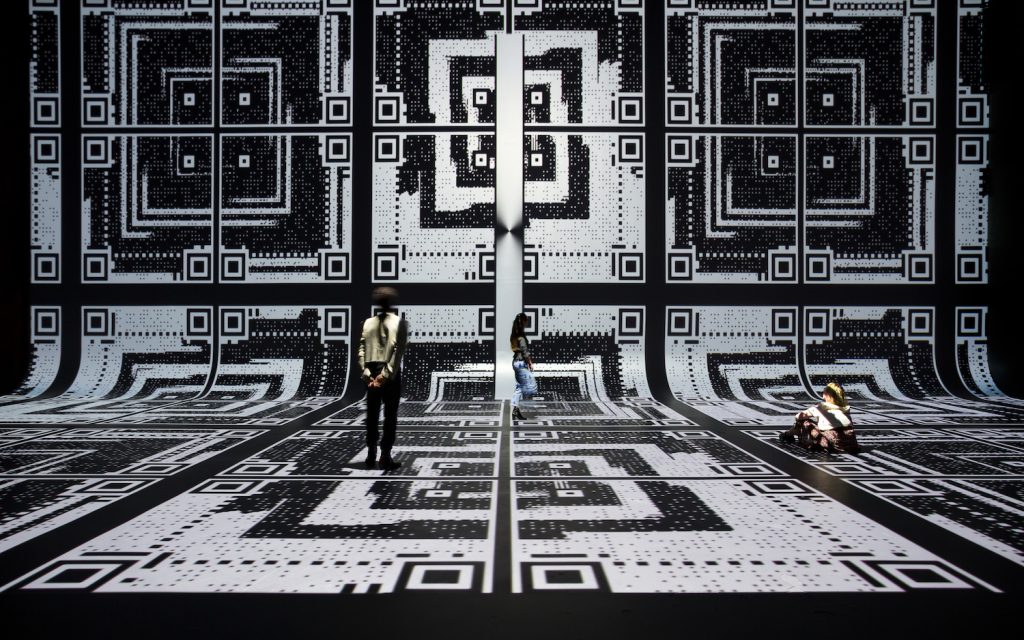
“When we first started conceptualising Nxt Museum in 2018, I never imagined our first year of opening to have such a short timespan. After being open for only 84 days, the museum had to close for another 175.” says Merel van Helsdingen, Founder and Director of Nxt Museum. “During these uncertain days, the urgency of art and museums has become more visible than ever. Within cultural spaces we gain new perspectives, awaken our senses and – above all – we escape our day-to-day reality. Hopefully, museums will now cherish a permanent spot on our agendas, leisurely and politically. Let’s not take them for granted.”
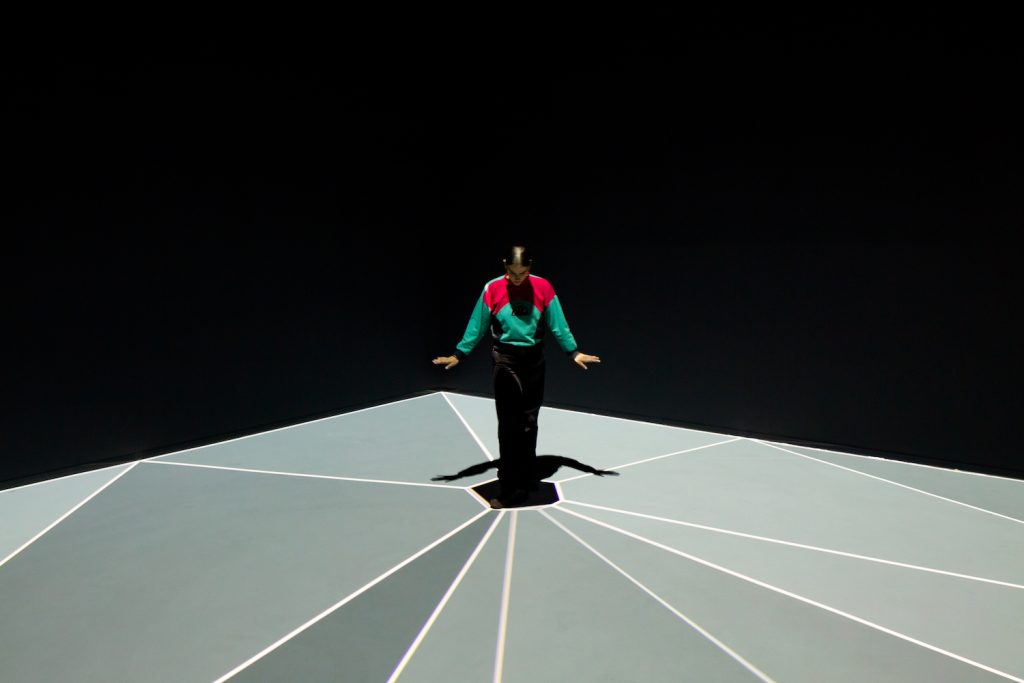
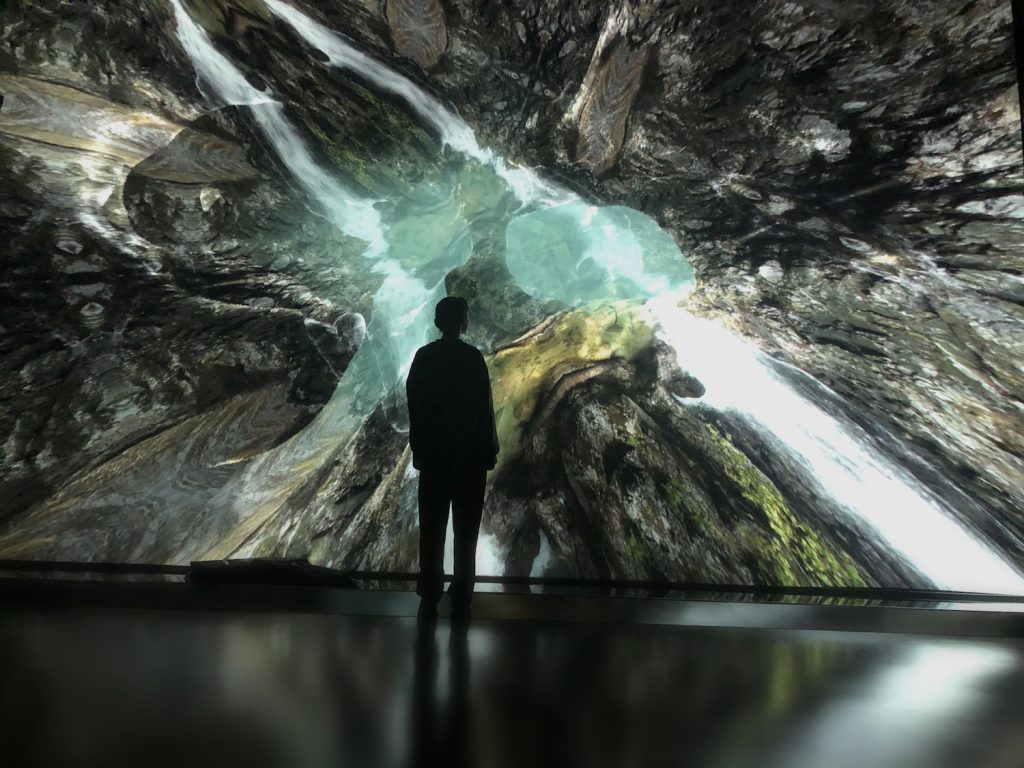
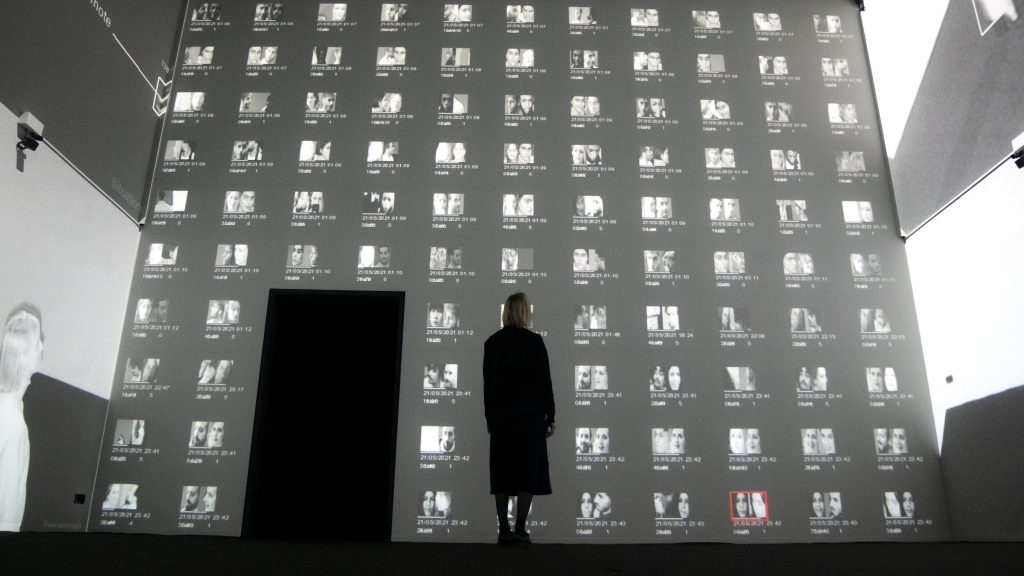
Zoom Pavilion (2015) is an audiovisual installation that renders alarmingly visible the ubiquity of surveillance. Twelve surveillance cameras, using facial recognition, blob tracking and subtraction algorithms, track and monitor the public and determine whether their proximity is ‘suspicious’. A temporary archive of recordings is collected and projected onto one wall, showing how close two visitors have been to one another and for how long. Such surveillance techniques have been used to maintain political control (communist Poland 1947-1989), to dispel mass protests (Hong Kong 2019-2020), to identify security threats (prisons) and to control the spread of infectious diseases (COVID-19). They are also employed around the clock in the world’s major cities.
Zoom Pavilion is one of seven artworks exploring the theme of ‘Shifting Proximities’; how human experience and interaction are affected by social and technological change. From the invention of the Internet, to the rise of space exploration, from 9/11, to global pandemics, these global phenomena have an immeasurable impact on how we communicate, how we move and how we live in the world. As visitors navigate through a series of large-scale multi-sensory artworks, they can experience the formation of a black hole, learn how plants communicate with one another, and become subject to the watchful eye of surveillance.
Each of the installations has been created by local and international artists, designers, technologists, scientists and musicians, fusing creative ideas with pioneering research and technological innovation. They include: Connected (2020) by audio-visual artist Roelof Knol with sound by Marc Mahfoud; Topologies #1 (2020) by United Visual Artists (UVA); Habitat (2020) by artist Heleen Blanken with software developer NAIVI and sound artist Stijn van Beek; Distortions in Spacetime (2018-2020) by audiovisual pioneers Marshmallow Laser Feast; Econtinuum (2020) by ecological artist Thijs Biersteker in collaboration with plant neurobiologist Stefano Mancuso; and Dimensional Sampling (2019-2020) by artist and coder Yuxi Cao (James) with sound artist Lau Hiu Kong (Lawrence).
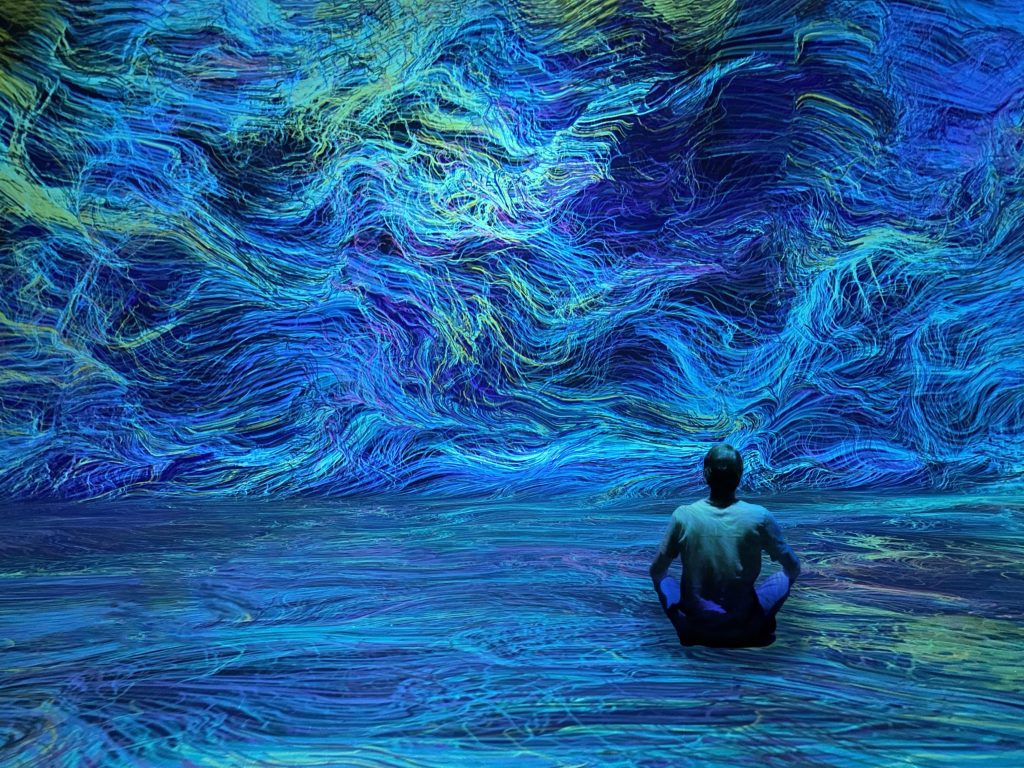
Nxt Museum and Samsung Electronics Benelux have joined forces to bring art and technology to those looking for ‘the next’ in contemporary culture. Founded on a shared mission to unlock creativity through technology, the partnership includes the integration of new Samsung technology throughout the museum, offering enhanced storytelling and educational insights. Jointly, they will launch Studio 404, a free, innovative education programme that invites young people in Amsterdam to learn digital skills from established experts and artists. Find more information at: nxtmuseum.com/event/studio-404/.





